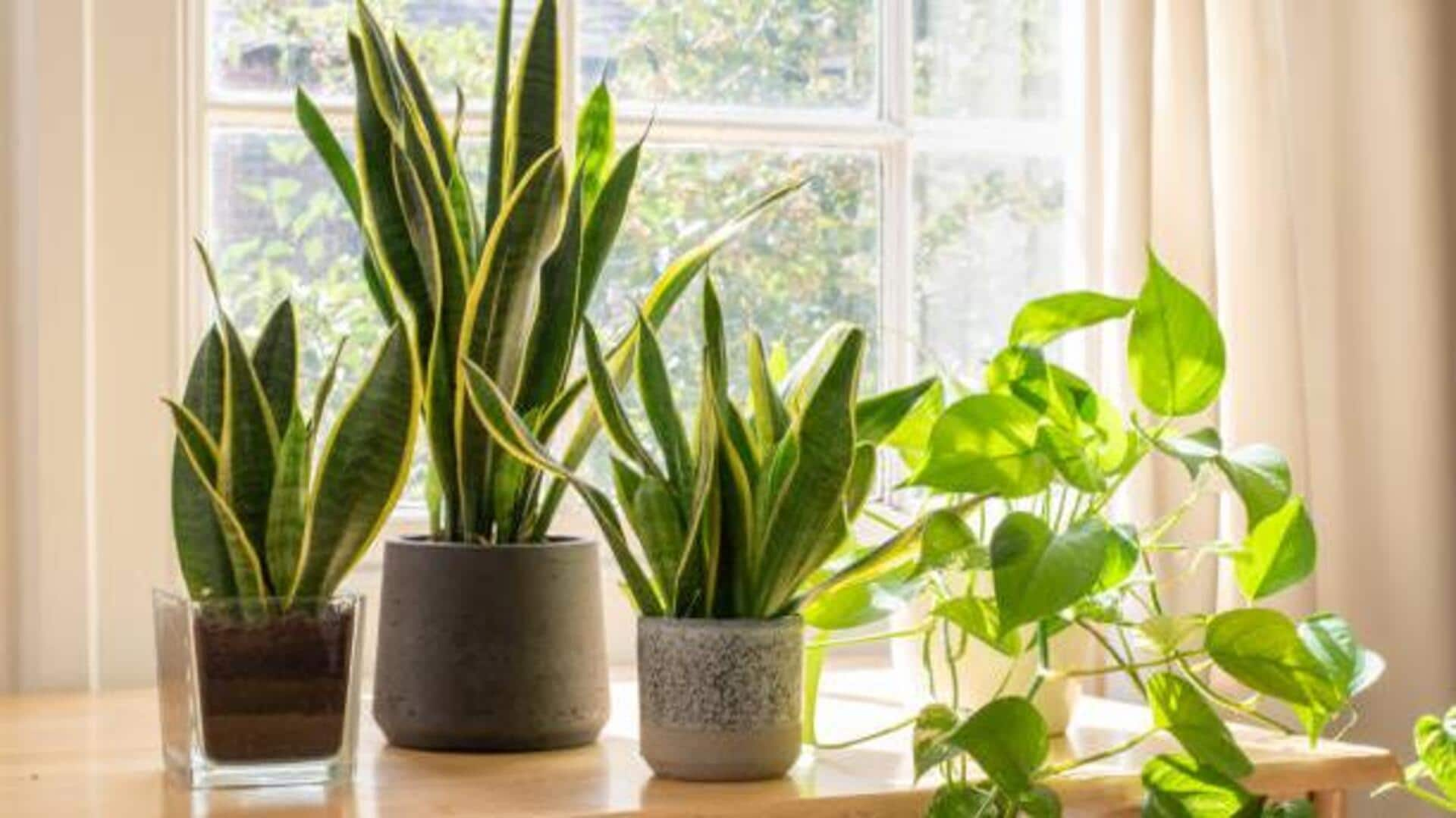
How to prepare indoor plants for winter
What's the story
As winter approaches, indoor plants require special care to survive the colder months. The drop in temperature and humidity can stress the plants, making it essential to prepare them properly. Here are some practical tips to ensure your indoor plants stay healthy and vibrant during winter. From adjusting watering schedules to optimizing light exposure, these insights will help you keep your greenery thriving all season long.
Watering
Adjust watering habits
During winter, indoor plants require less water than in warmer months. The lower light levels and cooler temperatures slow down plant growth, which makes them use less water. Check the soil moisture before watering; only water when the top inch of soil feels dry. Overwatering can cause root rot and other issues, so it's important to adjust your watering routine accordingly.
Light exposure
Optimize light exposure
Winter days are shorter and often cloudier, which means less natural light for your plants. Position them near windows where they can get maximum sunlight during the day. You can also use artificial grow lights to supplement natural light if required. Make sure that the light source is not too close or too far from the plants, as it can affect their growth.
Humidity control
Maintain humidity levels
Indoor heating systems tend to dry out the air, which can be uncomfortable for your plants. Most indoor plants prefer humidity levels between 40% and 60%. To boost humidity, use a humidifier or place a tray of water near your plants. Alternatively, you can group plants together to create a microenvironment with higher humidity.
Temperature management
Monitor temperature changes
Temperature fluctuations can stress indoor plants during winter months. Keep them away from drafty windows or doors and heat sources like radiators that may cause sudden temperature changes. Ideally, indoor temperatures should remain consistent between 65 degrees Fahrenheit (18 degrees Celsius) and 75 degrees Fahrenheit (24 degrees Celsius) for most houseplants.
Pruning care
Prune dead leaves regularly
Regular pruning is essential to keep indoor plants healthy through winter. Trim off any dead or yellowing leaves as they can sap energy from healthy parts of the plant. Use clean scissors or pruning shears to avoid spreading disease between plants while trimming dead foliage regularly throughout the season.